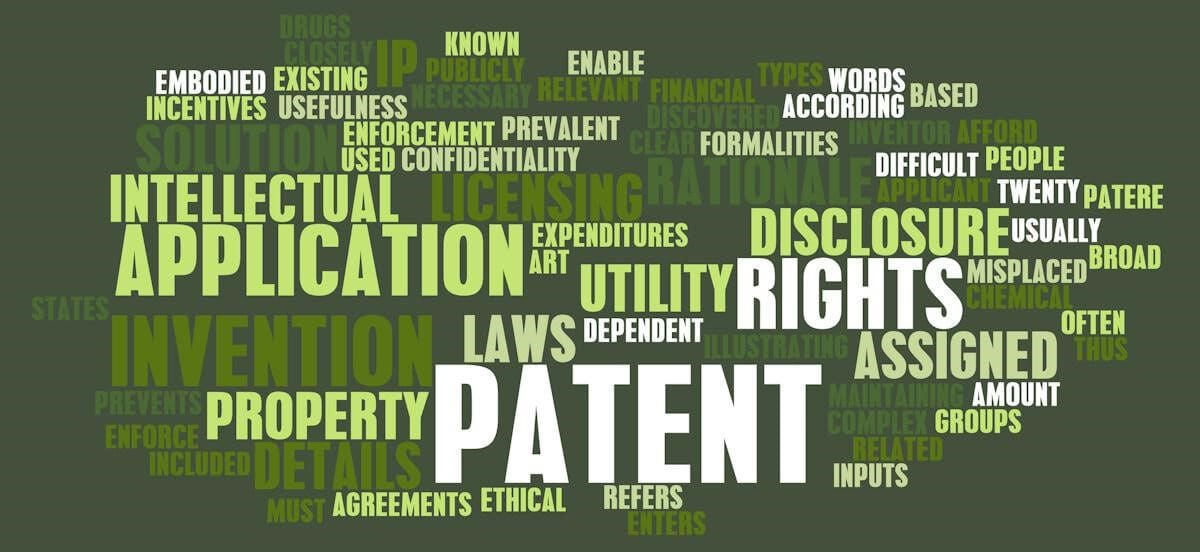Introduction
Typically, the journey of protecting an invention begins with a document that is both profound and concise: the patent abstract. This preliminary piece serves as a beacon for the entire patent application process, guiding both inventors and legal professionals through the complexities of intellectual property law. I’ve observed firsthand situations where a well-crafted abstract sets the stage for a successful patent grant, underscoring the essence of the invention while adhering to stringent legal mandates.
Delving Deeper into Patent Abstracts
A patent abstract functions as the condensed essence of an inventor’s work, providing a succinct overview of the invention’s fundamental aspects and its intended use. The importance of this clarity in an abstract cannot be understated.
From my professional vantage point, I’ve seen the strength of a clear and concise abstract play a decisive role in the patenting process. It is this clarity that captures the essential attention of patent examiners, who navigate countless applications, and intrigues the public, whose understanding of new technologies often begins with these abstracts. Essentially, it lays down a clear path leading to the intricate details laid out in the full patent specifications.
Purpose and Importance
The multi-faceted role of a patent abstract extends beyond a mere summary. It serves as a critical tool in the categorization and retrieval of patent documents from expansive databases, enabling easier access to patent information. Moreover, it facilitates an initial evaluation of the invention’s novelty—the lifeblood of patentability—and its practical application. For the layperson or potential investor, the abstract provides a lens through which the essence of the invention can be understood without needing to navigate the often complex and technical full patent claims.
Crafting the Abstract
The art of drafting a patent abstract is a balancing act, one I have considerable experience with. It demands the encapsulation of the inventive step in a manner that is neither too verbose nor excessively vague. The objective is to present the inventive concept in a nutshell, without prematurely unveiling the finer details that are better suited for the claims and detailed descriptions that follow.
In my professional tenure, crafting numerous patent abstracts across various fields, it has become clear that the abstract is not just a formality but a strategic component of the patent document. It’s an opportunity to make a strong first impression and to ensure that the invention is presented in the best possible light from the outset.
Steering Clear of Common Mistakes
In my extensive experience with patent documentation, I’ve seen certain errors recur, which can undermine the effectiveness of a patent abstract. Ambiguity and over-generalization are significant hurdles; they cloud the true essence of the invention, leaving too much room for interpretation.
A patent abstract should provide clarity, shining a light on what sets the invention apart, without delving into the granular details better suited for the claims section. It’s about striking the right balance—providing just enough information to engage interest and convey novelty without revealing the full breadth of the invention’s technical specifics. And all of this should be done with between 50 and 150 words.
Concluding Thoughts on Patent Abstracts
In summing up the significance of patent abstracts, one cannot overstate their importance. They stand as the initial showcase of an inventor’s labor, typically the segment of a patent application that is most frequently perused. Crafting this foundational element demands a meticulous approach and a forward-looking mindset.
Warning & Disclaimer: The pages, articles, and comments on michaelmeyerlaw.com do not constitute legal advice, nor do they create any attorney-client relationship. The articles published express the personal opinions and views of the author as of the time of publication.




